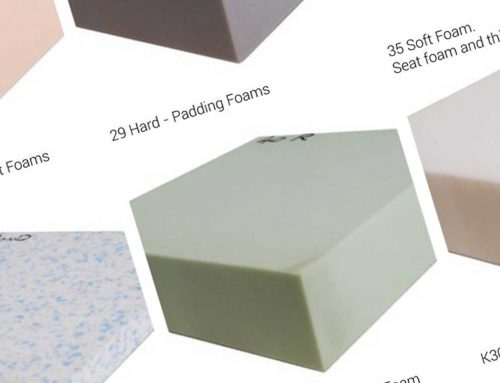Today I wish to cover UK fire regulations in regards to upholstered furniture, and how this relates to fabrics which are sold and how they can be used in a domestic upholstery setting.
The Furniture and Furnishings (Fire Safety) Regulations 1988 (amended 1989, 1993 and 2010) set levels of fire resistance for domestic upholstered furniture, soft furnishings and other products containing upholstery. You must abide by this law when supplying or reupholstering furniture that was originally manufactured on or after 1st January 1950 (or you have reasonable cause to believe it to have been manufactured prior to this date), including nursery furniture and headboards.
Exceptions: Loose dining chair cushions and small to medium sized scatter cushions (less than 60cm x 60cm) do not have to be made out of fire retardant fabric, and neither do curtains (for use in a domestic setting). Items of furniture manufactured before 1st January 1950 are also excluded from the regulations, as long as they do not include foam stuffing.
Fabrics available to purchase for use in upholstery and soft furnishings may fall into one of the following 5 categories:
Not Rated:
Such fabrics have not been tested for their ability to withstand fire. Fabrics that are ‘Not Rated’ can only be used for upholstered furniture if they are first chemically-treated with a fire retardant treatment.
Cigarette Tested:
‘Cigarette Tested’ fabrics are made of at least 75% natural fibres (cotton, modal, linen, silk, viscose or wool). These sorts of fabrics can be used for furniture without fire retardant treatment, but will only comply with domestic use regulations if the upholstered furniture is first covered with a suitable barrier cloth (schedule 3 interliner).
Whenever an interliner has been incorporated to allow the use of non match-resistant covers, it is important that this is reflected in the wording on the permanent label.
Match Tested:
The fabric can withstand a ‘naked flame’ test. ‘Match Tested’ fabrics meet the regulations for domestic upholstery use.
In all cases, irrespective of whether a match-resistant cover or an interliner is used, the foam or other filling must pass the relevant ignitability test. There are no exceptions to this.
Crib 5:
A more stringent laboratory test that certifies a fabric’s fire retardant properties as suitable for upholstery and soft furnishings in commercial premises and areas of high risk; such as bars, hotels and office buildings.
Crib 7:
Crib 7 is the highest fire rating achievable for any fabric sold by suppliers in the UK. Similar to, but more stringent than the Crib 5 test, you need only use fabrics rated at this level when dealing with high risk locations that are difficult to evacuate during a fire, such as oil rigs, mental health hospitals and prisons.
The above highlights why you should deal with a reputable upholsterer when getting work completed on your furniture, as they will only use materials that conform to the regulations and will advise you at each and every stage of the process.


